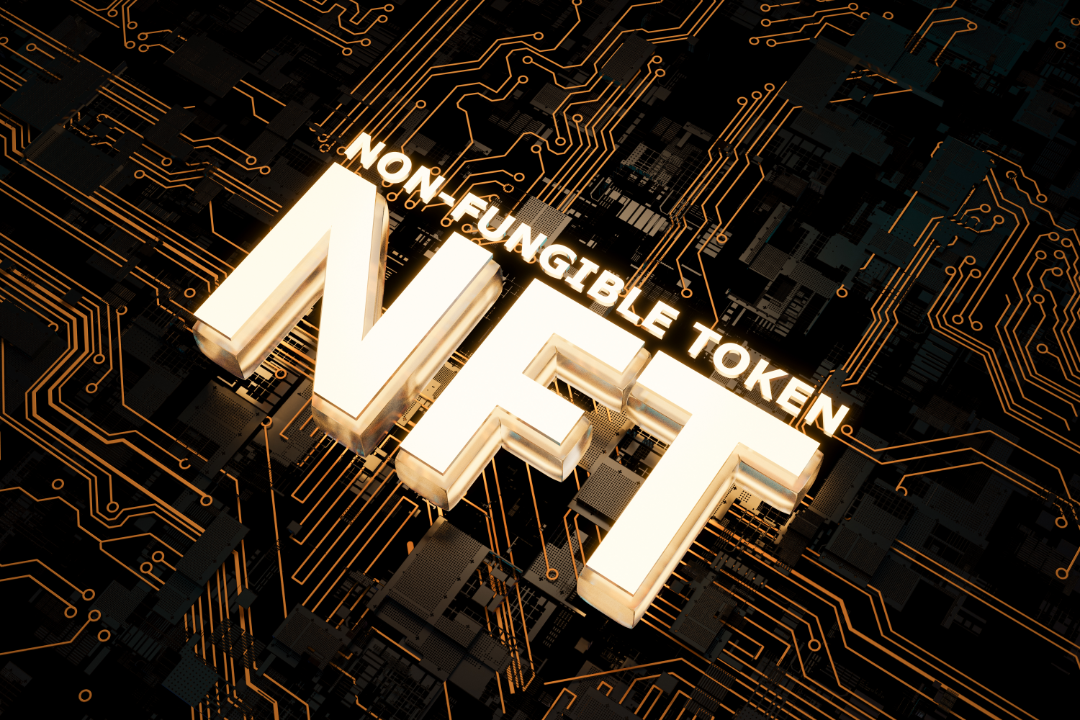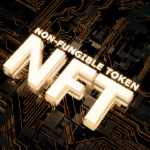Introduction
NFT gaming has quickly become one of the most exciting innovations in the digital entertainment world. By combining non-fungible tokens (NFTs) with gaming ecosystems, players are no longer just consumers of content—they’re stakeholders with real ownership of digital assets. Imagine buying a rare sword in a fantasy game and being able to trade it outside the game for real money or even transfer it into another virtual world. That’s the power of NFT gaming.
Now, layer in Artificial Intelligence (AI). AI is not only making NFT games more immersive and intelligent but also reshaping how players interact with in-game assets, build communities, and earn rewards. Together, NFT gaming and AI are creating an entirely new digital economy where fun and finance blend seamlessly.
In this article, we’ll explore how AI is shaping the NFT gaming experience—from play-to-earn models and in-game economies to the challenges and future potential of this evolving industry.
What Is Play-to-Earn?
At the heart of NFT gaming lies the play-to-earn (P2E) model. Unlike traditional gaming, where players spend money on in-game items that remain locked inside a single game, play-to-earn empowers users to monetize their time and skills.
See more: Tips to stay safe and exceptional facts about web3 wallets
Here’s how it works:
- Players participate in an NFT-based game.
- They earn NFTs or cryptocurrency as rewards for completing missions, battling other players, or achieving milestones.
- These NFTs—whether they’re characters, skins, weapons, or land—can be traded, sold, or staked in decentralized marketplaces.
For example, Axie Infinity popularized the play-to-earn concept by allowing players to breed and battle creatures called Axies. Many players, especially in regions like the Philippines and Vietnam, earned significant income from trading and battling Axies. Unlike traditional gaming models where purchases are sunk costs, play-to-earn games allow gamers to generate tangible returns.
This shift in ownership is not just economic—it’s cultural. Play-to-earn turns players into stakeholders, making gaming a form of livelihood rather than just leisure.
How NFTs Add Value to Gaming
NFTs are the backbone of this new ecosystem. By definition, NFTs are unique digital assets stored on the blockchain. Unlike cryptocurrencies like Bitcoin or Ethereum, NFTs are non-fungible, meaning no two are identical. This makes them perfect for representing in-game items, avatars, or collectibles.
So, how do NFTs transform gaming?
- True Ownership – In traditional games, if a developer shuts down servers, your purchased assets vanish. With NFTs, assets live on the blockchain, independent of the game itself. This ensures permanence.
- Interoperability – Imagine owning a digital car in one game and using it in another virtual world. NFTs make this cross-platform ownership possible.
- Scarcity and Value – NFTs can be designed to be limited in supply, which increases their value in secondary markets. Rare skins, weapons, or virtual land parcels can appreciate over time, much like fine art.
- Tradable Economies – Players can trade NFTs on marketplaces like OpenSea or within the game’s own ecosystem. This gives rise to secondary markets where value is set by demand and supply rather than game developers.
For example, Decentraland allows users to purchase NFT land parcels that can be developed, sold, or rented out. Some virtual properties have sold for hundreds of thousands of dollars—proof that digital real estate is as real as physical ownership for many investors.
The Rise of Play-to-Earn Communities
NFT gaming isn’t just about individual ownership; it’s also about community-driven economies. Entire groups of players are forming guilds and scholarship programs, where wealth is shared and redistributed.
Take Yield Guild Games (YGG), for example. This decentralized organization purchases NFTs for different games and lends them to players (called scholars) who can’t afford the initial investment. The rewards are then split between the guild and the players. This model lowers the barrier to entry while creating sustainable income streams for participants.
AI is enhancing these communities by:
- Analyzing player behavior to recommend the most profitable strategies.
- Managing in-game assets automatically through smart contracts.
- Facilitating community governance with AI-powered voting and decision-making systems.
The result is a decentralized, self-sustaining digital economy where players, investors, and developers collaborate in ways never before seen in the gaming world.
How AI Is Transforming the NFT Gaming Experience
So far, we’ve explored NFTs’ role in ownership and economies. But what happens when AI steps in? Here’s where the gaming experience gets revolutionary.
1. Smarter NPCs and Dynamic Storytelling
AI-powered non-playable characters (NPCs) can adapt to player behavior, creating unique gameplay every time. In NFT games, this means your NFT hero or asset might encounter challenges and narratives shaped by AI, making your experience—and your asset—unique.
2. Asset Valuation and Fraud Detection
AI algorithms can monitor NFT marketplaces for scams, price manipulation, or counterfeit assets. They can also provide real-time valuations of NFTs based on rarity, demand, and past transaction history. This creates safer environments for players to trade.
3. Personalized Game Experiences
AI can tailor game missions, challenges, and even rewards based on player preferences. For example, if you prefer battling over trading, AI could direct you toward more combat-driven missions that yield NFT weapons instead of marketplace credits.
4. Automated Marketplaces and Bots
AI bots can manage repetitive tasks like farming, staking, or trading NFTs. This reduces human error and ensures efficiency in play-to-earn strategies.
5. Sustainability and Energy Use
Blockchain-based gaming often faces criticism for its environmental footprint. AI can optimize transactions, making blockchains more energy-efficient by predicting and grouping activities.
Challenges and Concerns
Despite its promise, AI-enhanced NFT gaming faces several challenges.

- Market Volatility – NFT and crypto values are highly volatile. What’s worth $1,000 today may drop to $100 tomorrow. AI can predict trends, but it cannot eliminate volatility entirely.
- Regulation and Compliance – Governments worldwide are still figuring out how to regulate NFT gaming. Is it a game, an investment, or gambling? The lack of clarity can create uncertainty for players and investors.
- Scams and Fraud – Fake NFT projects and rug pulls remain a serious issue. While AI can detect patterns, it’s not foolproof. Education and caution are equally important.
- Accessibility – High entry costs for certain games can exclude players. Even with guild models, the initial NFT price barrier remains significant.
- Environmental Concerns – While some blockchains (like Polygon and Solana) are energy-efficient, others still rely on power-intensive proof-of-work systems. This raises questions about sustainability.
The Future of NFT Gaming
So, where is this all heading? The intersection of AI and NFT gaming suggests a future with:
- Fully Autonomous Metaverses – AI will power vast virtual worlds where economies run on NFTs, and every decision—from taxation to governance—is automated.
- Cross-Platform Interoperability – NFTs will move seamlessly across different games and virtual spaces.
- Mainstream Adoption – As regulations stabilize and more accessible games launch, NFT gaming will move from niche markets to mainstream audiences.
- AI-Powered Marketplaces – Automated pricing, fraud detection, and trading will make NFT markets as robust as stock exchanges.
- New Professions in Gaming – Just as streaming created jobs for gamers, NFT and AI-powered ecosystems will create careers in asset management, game design, and even virtual real estate.
Conclusion
Artificial Intelligence is reshaping NFT gaming by making experiences more dynamic, secure, and personalized. Combined with the play-to-earn model, NFTs and AI empower players not just to play but to own, trade, and profit in ways traditional games never allowed.
From AI-driven storytelling and smarter NPCs to fraud detection and market predictions, this integration is setting the stage for a more intelligent gaming ecosystem. Still, challenges like regulation, volatility, and environmental sustainability must be addressed for long-term success.
For now, the NFT gaming world remains one of the most exciting frontiers in digital entertainment. If you’re looking to explore it, do so responsibly—understand the risks, join communities, and embrace the opportunities. Because the future of gaming isn’t just about playing anymore—it’s about playing, owning, and evolving alongside intelligent systems that make the experience richer every step of the way.


